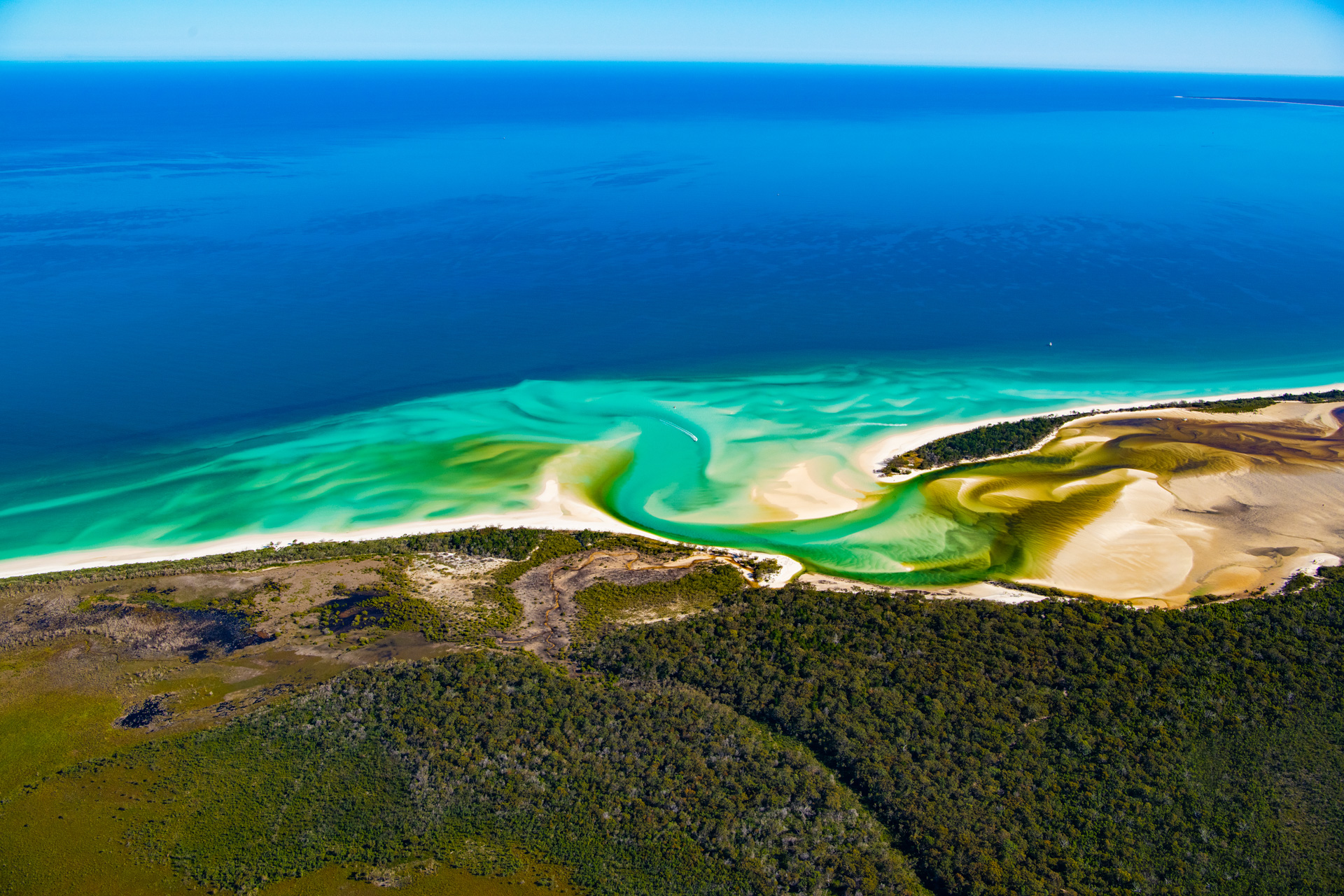|
|
Alkalinity (water)Alkalinity is the concentration of ions in the water that neutralize the hydrogen ion[1] and is a combination of the chemicals dissolved in water, such as bicarbonates, carbonates, hydroxides, borates, phosphates and silicates that will react to neutralise added acid and buffer the pH of the water[2]. Natural fresh water typically has either no or very low levels of alkalinity due to very low levels of dissolved chemical species present, whereas highly saline and/or sea waters typically contain high levels of alkalinity[5]. Quick facts
Alkalinity is a measure of how basic, or not acidic, water or substrate is. It is the amount of chemical substances in the water that can help buffer or keep the pH stable when acid substances are added. Alkalinity can only buffer acids to a certain point, at which stage the pH will move from being alkaline to being acidic. The levels of alkalinity are critical to the functioning of healthy wetlands. Wetlands may naturally be acidic or alkaline. Organisms in wetlands have evolved coexist in aquatic environments within certain ranges of alkalinity or acidity. A decrease in the alkalinity may result in a change in the species composition of the wetland. Over time, a decrease the alkalinity of the water will make it less resilient and more susceptible to a drop in pH. Marine or sea waters typically have a pH of ~ 8 and alkalinity levels ranging between 100-130 mg CaCO3/L[4], whereas the alkalinity of fresh waters are typically lower and span a much wider range. Alkalinity is a reflection of the various salts and nutrients present in waters which are used by aquatic species for growth. Links and referencespH (Lacustrine and palustrine) ANZECC-ARMCANZ Water Quality Guidelines. References
Last updated: 23 October 2023 This page should be cited as: Department of Environment, Science and Innovation, Queensland (2023) Alkalinity (water), WetlandInfo website, accessed 8 May 2025. Available at: https://wetlandinfo.des.qld.gov.au/wetlands/ecology/components/water-chemical/alkalinity/ |

 — Department of the Environment, Tourism, Science and Innovation
— Department of the Environment, Tourism, Science and Innovation


